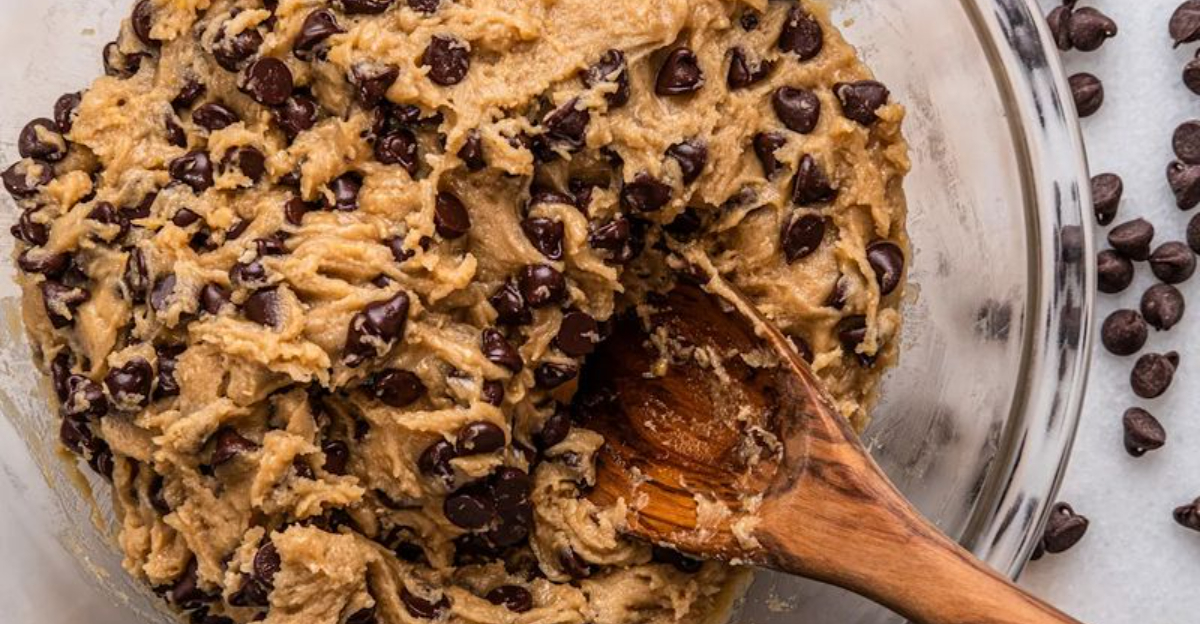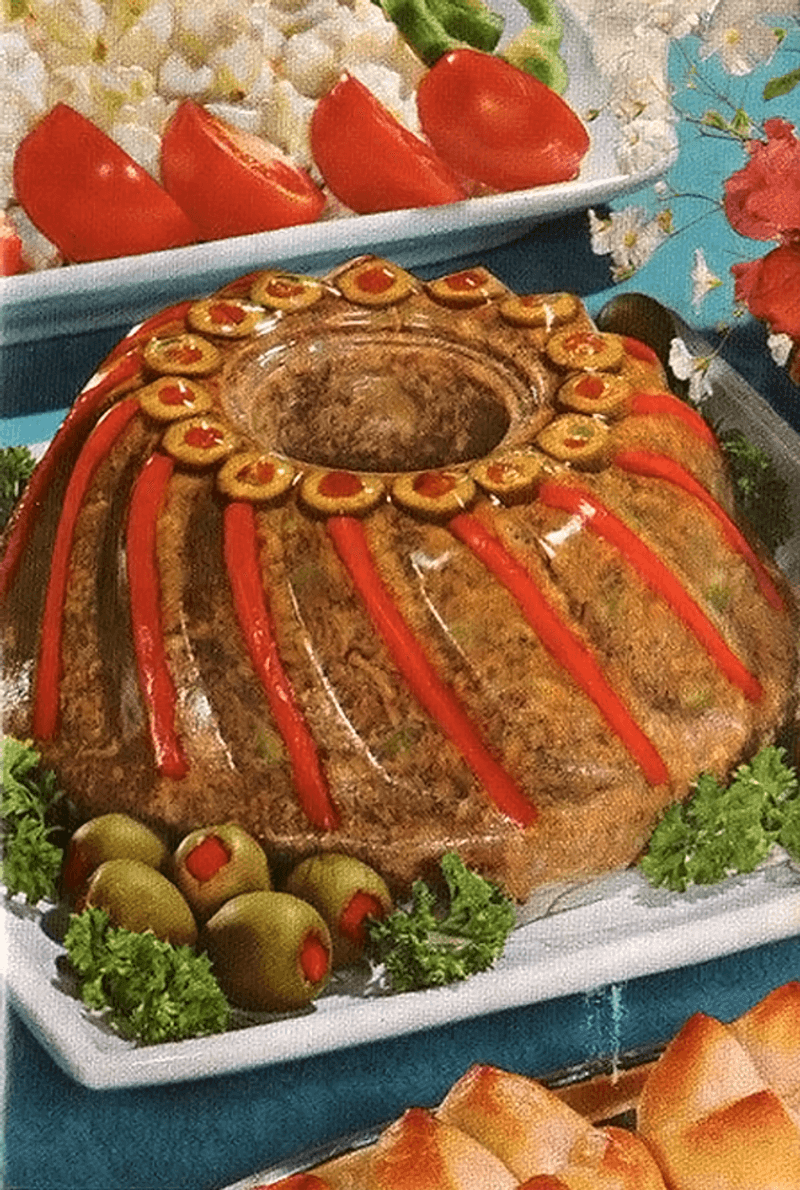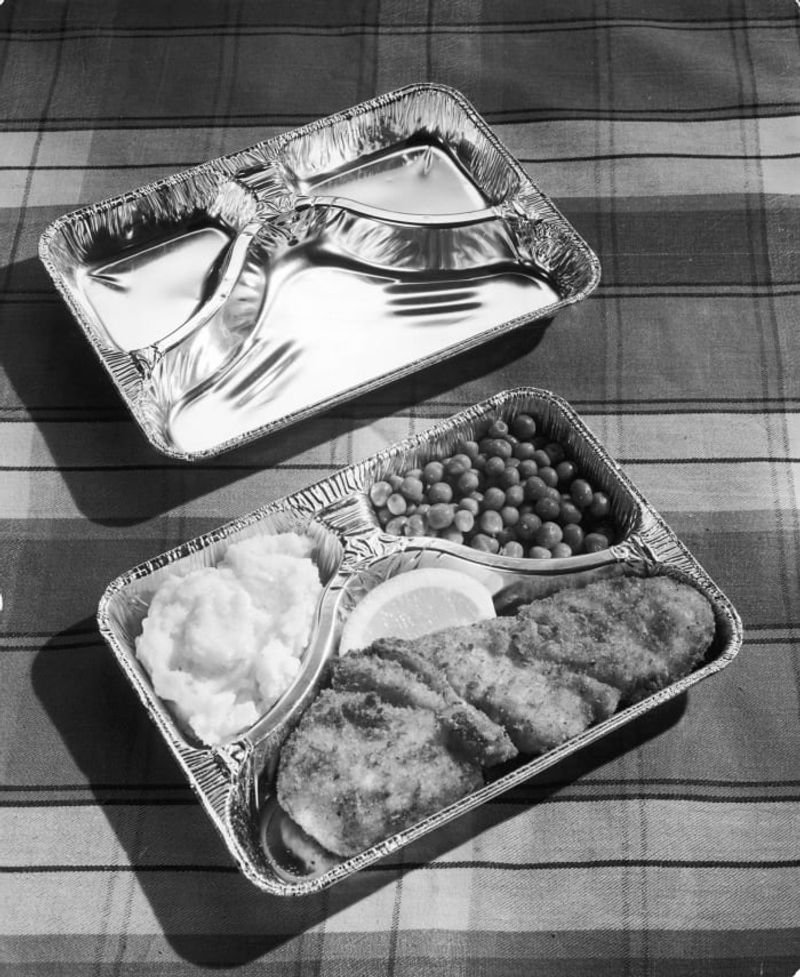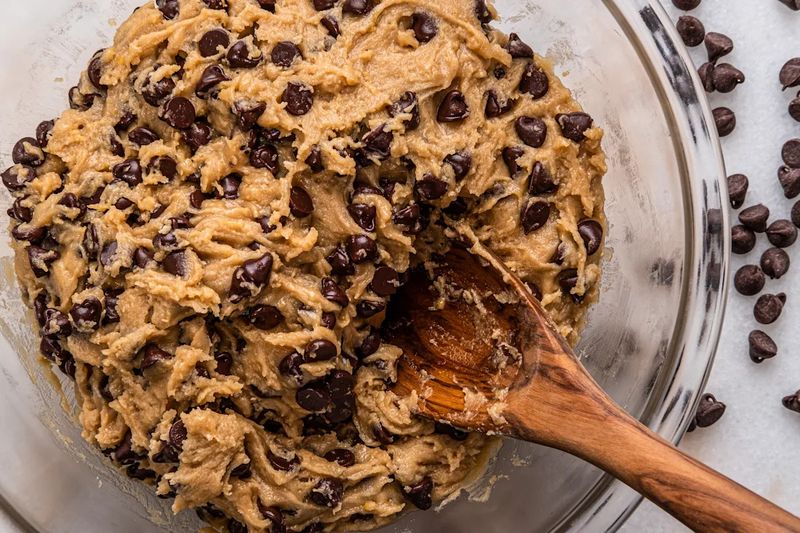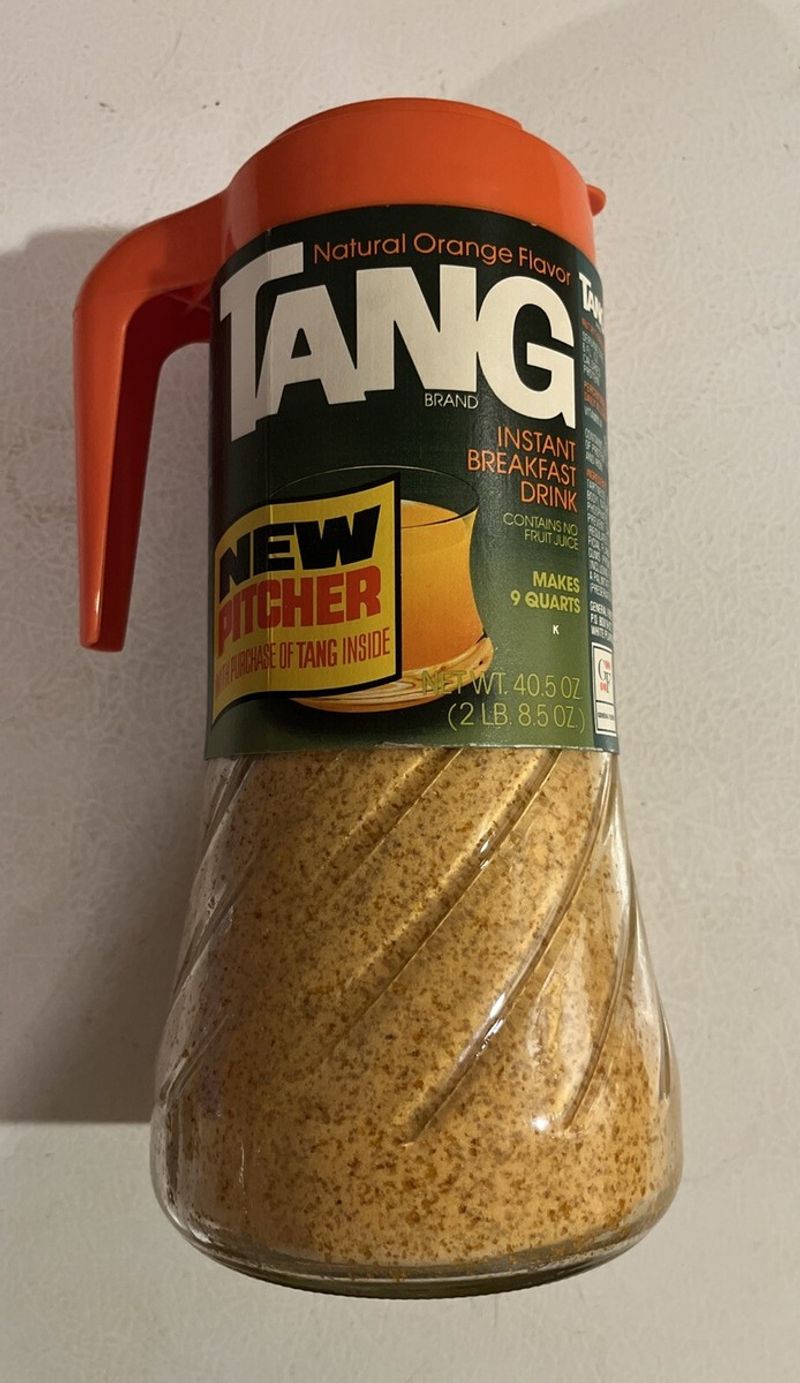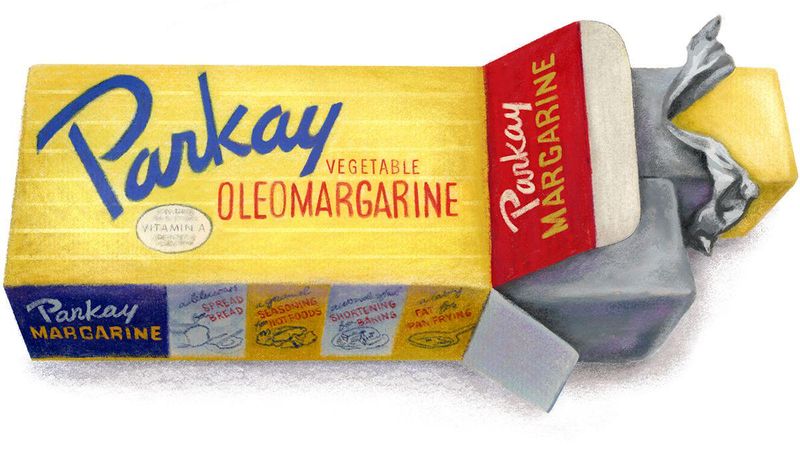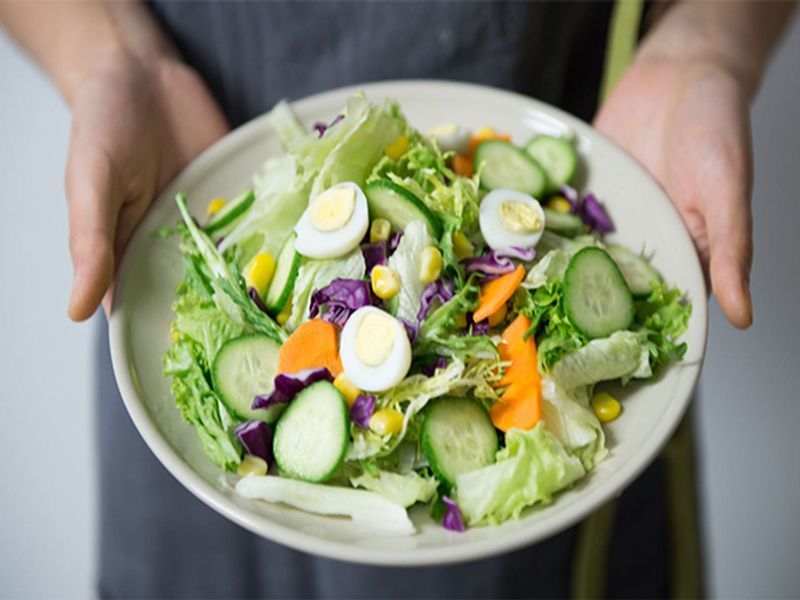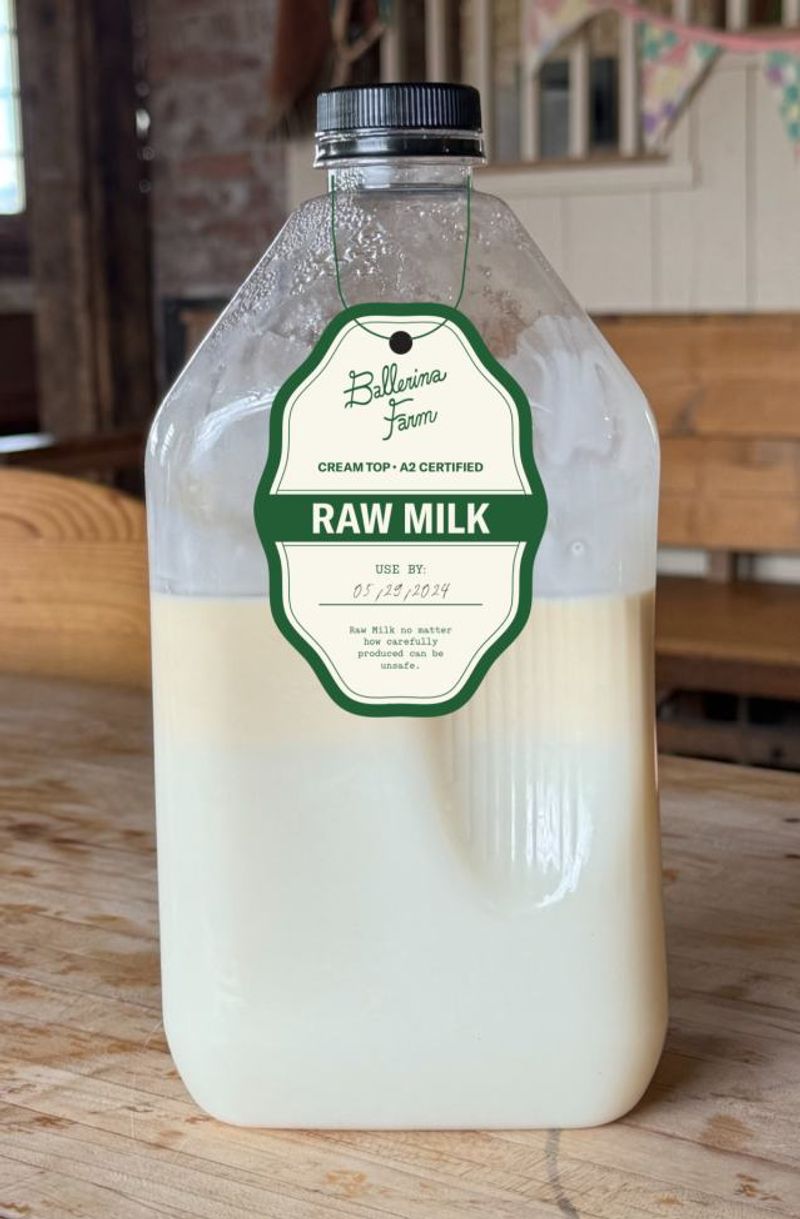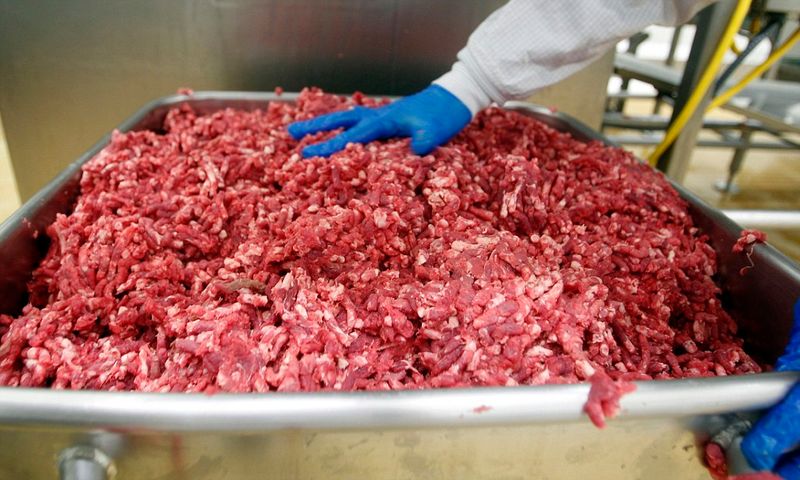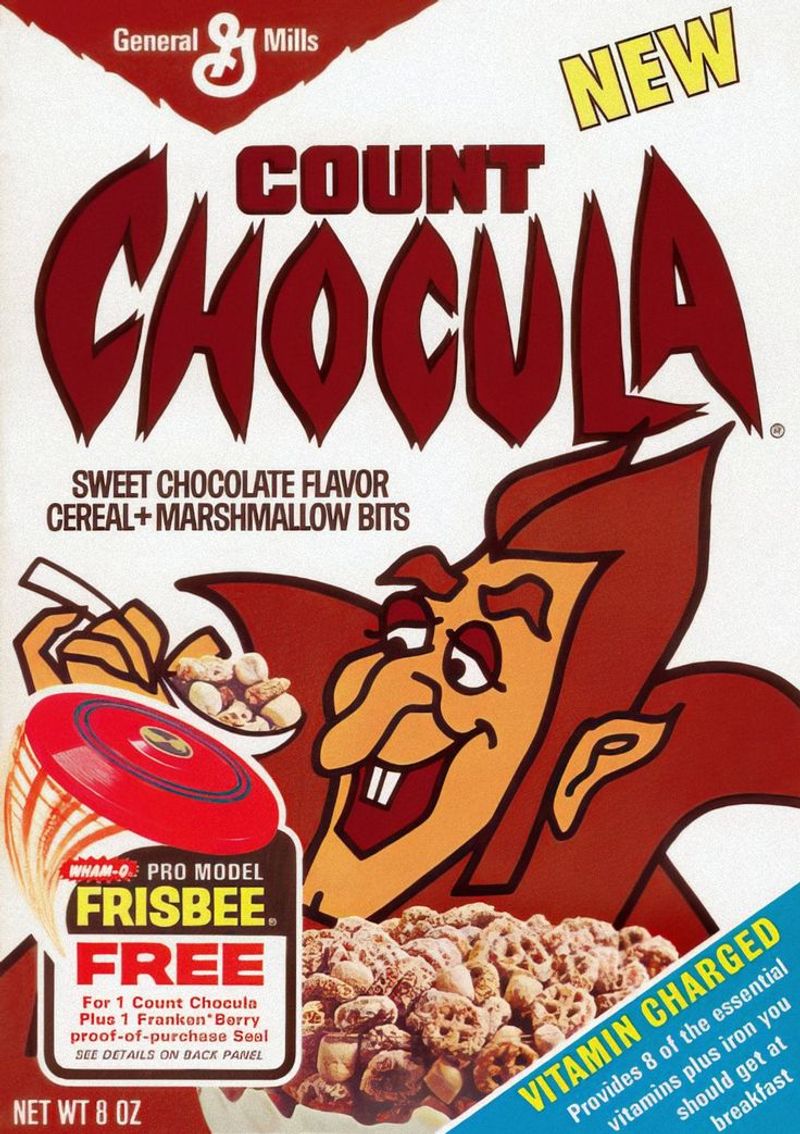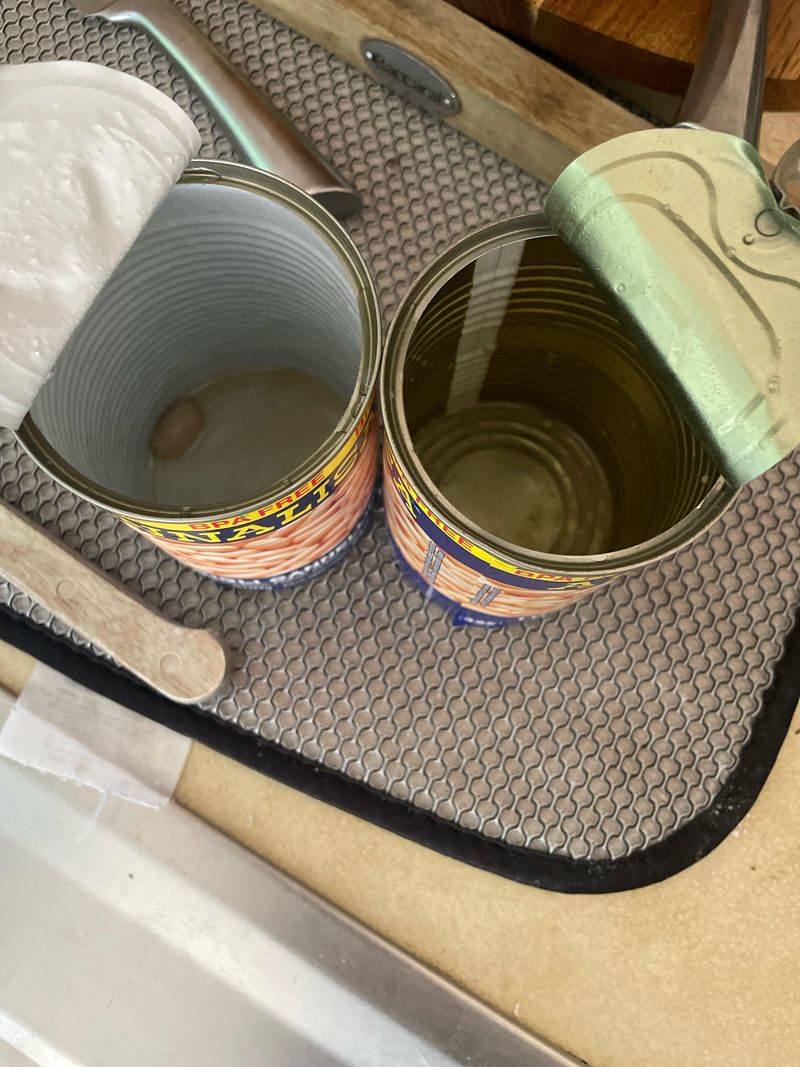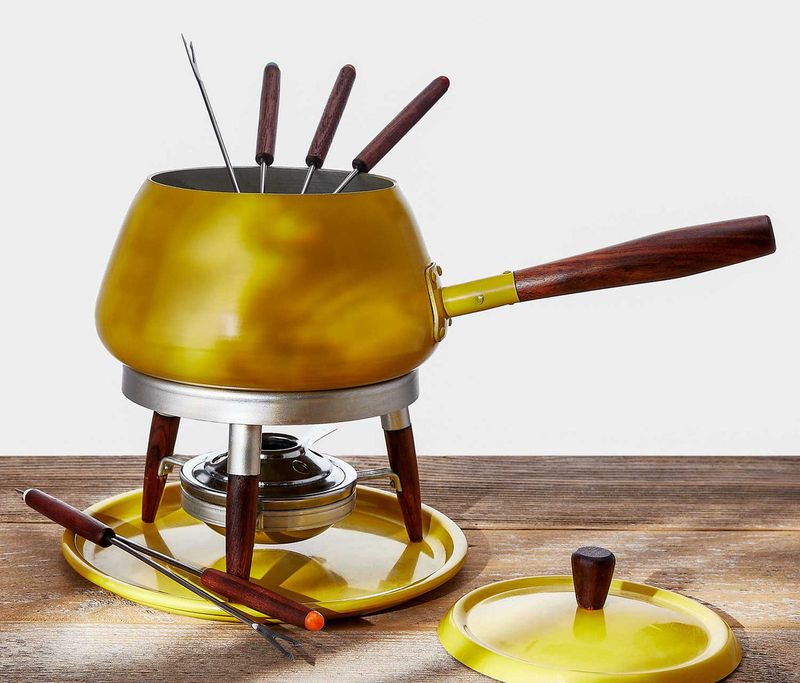The 1970s was an era of culinary experimentation and convenience, but not all the foods popular at the time would meet today’s health and safety standards. Many of these items contained ingredients or employed preparation methods that are now considered hazardous. Let’s explore 13 iconic ’70s foods and why they might be banned today.
1. Jell-O Molded Meat Salads
Jell-O molded meat salads were a staple at many 1970s gatherings. These gelatinous concoctions often contained a mix of canned meats like Spam, vegetables, and mayonnaise. The vibrant colors and wobbly textures were part of their charm. However, leaving these salads unrefrigerated at room temperature allowed bacteria to thrive, posing a serious health risk. Today, the USDA advises against leaving perishable foods out for more than two hours to prevent foodborne illnesses. The nostalgia for this dish remains, but modern food safety standards have put an end to its widespread popularity.
2. TV Dinners with Lead-Based Trays
TV dinners revolutionized meal convenience in the 1970s. These pre-packaged meals came in trays often lined with lead-based materials. The convenience of a quick meal in front of the television was undeniable. Yet, the risk of lead exposure from these trays is now well-documented. Ingesting lead can cause serious health issues, including developmental problems in children. Modern FDA regulations strictly control the presence of heavy metals in food packaging, ensuring today’s frozen meals are safer. Despite their past popularity, the lead-laden trays are a relic of culinary history.
3. Raw Cookie Dough (with Raw Eggs)
Who could resist the allure of licking the spoon after mixing cookie dough? In the 1970s, few worried about the risks. Raw eggs in cookie dough posed a threat of Salmonella, a bacteria that can cause severe food poisoning. The joy of sneaking a taste was often outweighed by the potential health risks. Today, pasteurized eggs and specially formulated cookie doughs allow for safe indulgence, but back then, the risks were largely ignored. The nostalgia for this childhood treat remains strong, even as food safety practices have evolved.
4. Artificial Everything: Tang & TVP
The 1970s saw a surge in artificial foods, with Tang and textured vegetable protein (TVP) leading the charge. Tang, a powdered orange drink, and TVP, a meat substitute, were adored for convenience and cost. However, these products relied heavily on artificial dyes and preservatives, some linked to hyperactivity and cancer. Red Dye No. 2, for example, was banned in 1976 due to health concerns. The era’s fascination with synthetic solutions now serves as a cautionary tale, reminding us of the balance between innovation and health.
5. Home-Canned Green Beans (Botulism Special)
Home-canning was a tradition passed through generations, but in the 1970s, improper techniques led to dangerous outcomes. Green beans, a low-acid food, required careful processing to avoid botulism, a severe, sometimes fatal illness. Many home cooks lacked the pressure canning knowledge needed, risking health in pursuit of self-sufficiency. Today, guidelines emphasize the importance of proper canning methods to prevent such risks. The nostalgic appeal of canned goods still exists, but with a much greater awareness of the science and safety behind them.
6. Margarine with Trans Fats
In the 1970s, margarine was marketed as a heart-healthy alternative to butter, but this belief was misguided. Margarine contained trans fats, which raised LDL cholesterol and increased heart disease risk. The bright yellow spread, often artificially colored, was a household staple. However, understanding of its health impacts grew, leading to a ban on added trans fats in many countries. The shift from margarine to healthier options reflects a broader trend towards more natural and unprocessed foods in today’s kitchens.
7. Salad Bars with Cross-Contamination
Salad bars offered a sense of abundance and choice in the 1970s, but they were not without risks. Despite sneeze guards, these buffets lacked adequate temperature controls, making cross-contamination a common issue. Leafy greens and other perishables were often left unrefrigerated, creating ideal conditions for bacteria growth. Modern health codes demand strict refrigeration and hygiene standards to prevent such problems. While the concept of salad bars remains popular, today’s versions are far safer, reflecting advances in food safety awareness and technology.
8. Microwaved Styrofoam Containers
The microwave revolutionized cooking in the 1970s, but using Styrofoam containers for heating was a risky convenience. When heated, polystyrene could release styrene, a carcinogen. The ease of reheating meals was overshadowed by health concerns. Today, most polystyrene containers are banned for use with hot foods, and alternatives are widely available. The shift away from Styrofoam reflects a growing awareness of material safety and environmental impact, marking another step forward in healthier living standards.
9. Raw Milk (The Unpasteurized Kind)
Raw milk, celebrated for its taste and perceived health benefits, was a staple in many 1970s households. However, the lack of pasteurization posed significant health risks, such as E. coli and listeria. The farm-fresh appeal didn’t outweigh the dangers of consuming unpasteurized dairy. Many states now ban or heavily regulate raw milk sales to prevent outbreaks of severe illness. The changing attitudes toward raw milk highlight the importance of science in shaping safer dietary practices.
10. “Pink Slime” Meat Products
In the 1970s, mechanically separated meat, known as “pink slime,” was a cost-effective way to produce meat products like hot dogs. The process involved treating scraps with ammonia, raising health concerns. The affordability came at a nutritional cost, prompting changes in regulation. By 2012, the USDA required labeling and reduced its use in schools. The debate over “pink slime” reflects broader conversations about food processing and transparency in the industry, driving a shift towards clearer labeling and healthier options.
11. Sugar-Laden “Health” Cereals
Cereals in the 1970s, often marketed as health foods, were sugar-laden delights. Brands like Count Chocula contained more sugar than a candy bar, appealing to children and adults alike. Despite the cheerful packaging and fun characters, the high sugar content was at odds with nutritional guidelines. The World Health Organization now recommends limiting sugar intake to less than 10% of daily calories. The evolution of breakfast choices underscores the growing emphasis on balanced nutrition and the need for honest marketing in food products.
12. Canned Soups with BPA Liners
Canned soups offered convenience and comfort in the 1970s, but the liners contained BPA, a chemical linked to hormone disruption. This added convenience came with unseen consequences for health. Today, many manufacturers have switched to BPA-free alternatives, responding to consumer demand for safer packaging. The transition away from BPA reflects a broader shift towards transparency and safety in food production, highlighting the ongoing evolution of industry standards and consumer expectations.
13. Fondue with Alcohol-Soaked Fuel
Fondue parties were iconic in the 1970s, bringing a sense of communal dining and fun. However, the use of alcohol-soaked fuel for heating posed a fire risk. Spilled ethanol and open flames were a dangerous combination. Modern fondue sets employ safer gel fuels or electric burners, reducing the fire hazard significantly. The fondue craze remains a cherished memory, but the improvements in safety equipment reflect an ongoing commitment to preventing accidents and promoting safe cooking practices.
